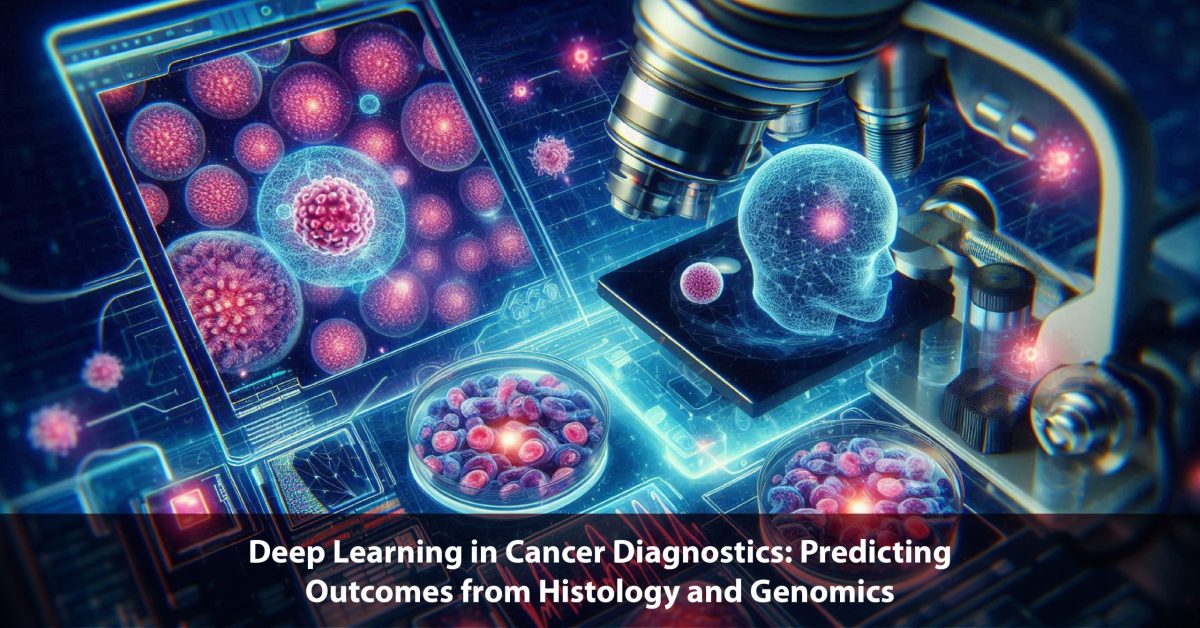Introduction
Cancer is a group of diseases with diverse characteristics that remain a daunting clinical problem in the context of diagnosis, risk estimation, and therapy. Even today, determining the prognosis in cancer patients is still a challenge owing to intratumor heterogeneity and patients’ predisposition to therapy. Deep learning, which can largely be classified under AI, has recently emerged and brought with it tools applicable to cancer diagnosis that can analyze huge amounts of data, such as histological images and genomic data. Many DL models, especially CNNs, have proven their ability to extract relevant features from histopathological images and fuse genomic data to predict cancer development, treatment efficacy, and the patient’s survival. This blog introduces deep learning in different aspects of cancer diagnosis and how these complex algorithms are revolutionizing the way cancer is diagnosed and prognosis is made.
The Role of Histopathology and Genomics in Cancer Diagnosis
The laboratory method of examination of tissues for disease, notably cancer, through the lens of a microscope, has been around for over a century. This helps pathologists to determine the architectural and functional changes of tissues and whether there are tumor-facilitating changes, aggressiveness, and location. Genomic profiling, on the other hand, provides an understanding of the molecular nature of cancer by defining the genes and their products, altered expression, and other characteristics that determine tumor activity. Histopathological and genomic features provide a broad understanding of cancer, but interpreting and analyzing these multilayered datasets are subjective, time-consuming, and affected by inter-observer variability.
Subsequent developments in improving deep learning ML capabilities have covered such a gap through the provision of computerized, accurate, and replicable approaches to histopathology and genomics analysis. It appears that deep learning models can be trained to detect complex patterns in histological slides that cannot be discerned by humans, as well as to identify relationships between such patterns and genomic changes, which makes for a systemic approach to cancer diagnosis.
